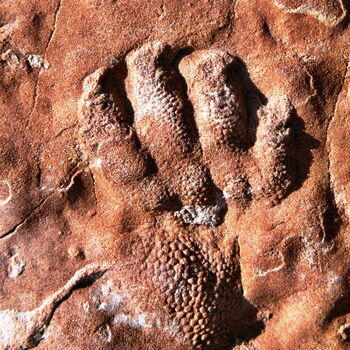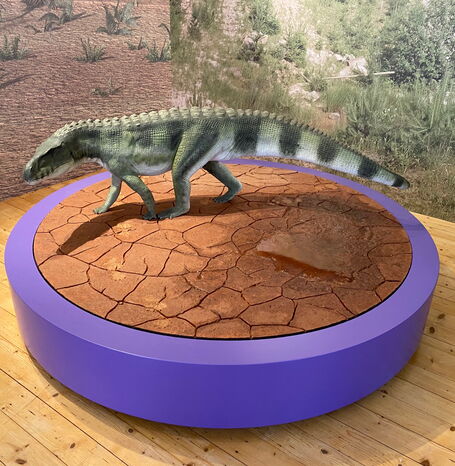
In 1999, tracks of archosaurs were discovered in a sandstone quarry near Wolfhagen. These "precursors" are related to the dinosaurs as well as to today's crocodiles and birds. The type of track found was named Protochirotherium wolfhagense (which means "Wolfhager Urhandtier") after the place where it was found. Today, the quarry in Wolfhagen is one of the most important Lower Triassic track sites in Europe and the world. In 2011 the idea arose to make a model of the track producer Protochirotherium and to have it serially produced. Since there are no skeletal finds that can be directly assigned to the fossil tracks, the morpho¬logical or anatomical features of the animals had to be derived essentially from the hand and foot impressions found. The length of the steps, the size and depth of the track impressions as well as their arrangement in relation to each other allow, e.g., for conclusions to be drawn about its body proportions. In addition, comparisons with skeletal finds of archosaurs from other regions (e.g. South Africa) can be made.
In the Wolfhagen City Museum you can discover the imprints of this dinosaur up close in a geology exhibition newly set up in 2020.



